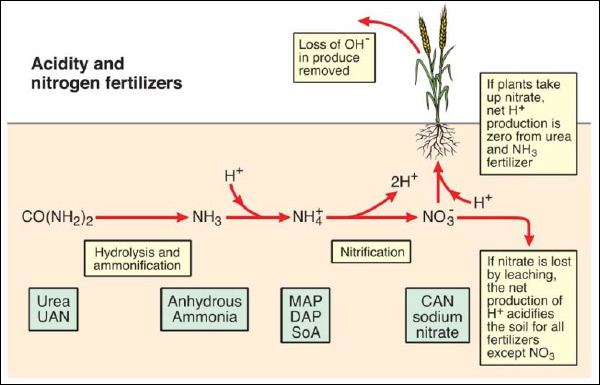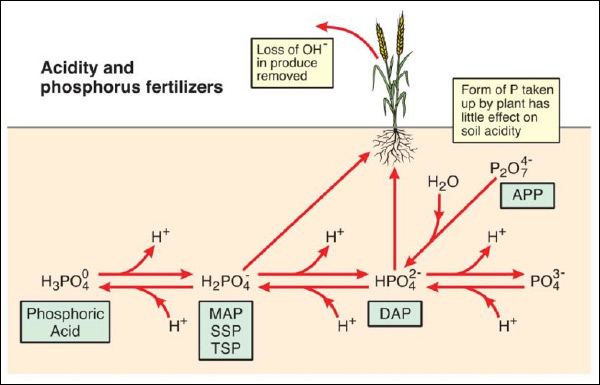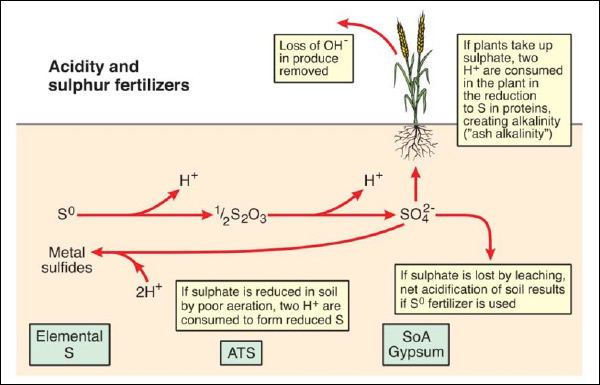cemchris
Supporter
- 3,346
- 263
The lockout might be from the PH dosing. Remember PH down is a source of P. Silica is going to require more PH down then not using it. You have to account for the added P because of this. Why I run my P so low in my mix cause I'm getting around 30ppm of P just from my PH down dose on mix. Week 4 is about the time they do a full transition from stretch/flower production to full on flower mode. P from LKB, on top of Base Duo P, then adding P every time they get dosed. If you see Mg def on lower leaves is Mg. New growth is Ca. They look the same. Most of the time a Lockout of Mg, when you have plenty, has to do with K not P or the ratio of Ca:Mg. When are you running LKB? All throughout the cycle? Have you done a water report on your base water (i forgot from the first thread we talked about this in). The big concern I would look for is Fe and Carbonate in the base water. Both of those are things that can cause problems specially off well depending on the source. Granted you might have a good dose of Ca in the base water but the problem is it might be Calcium Carbonate which you don't want in high doses. That will have a neg effect on nute mixes. Have you tried dropping LKB out of the line and running strait Duo? Does the the same thing happen at the same time?
As you said before you have tried different nute lines with no avail. Duo is just fine. It's not actual nutes (per say) just might be the strength or the ratio after everything gets added on top of base water.
What exactly are you mixing per gal on everything? Do you have an idea how much PH down is getting added throughout a 1 week dose on the rez including the initial mix of the rez (using a store bought PH down or strait acid)? Just want to break it down to take some of guess work out of it. Why a base water report is good to adjust off of and see what exactly you are feeding ppm wise of each to get an idea if you are hitting a problem area. Easier then guessing. I've only used 3 part and have done a lot of breakdown/tweaking on it not Duo. Just need to look at exactly what the ratio it is when mixed.
Edit:
Cool will wait to see that. 0.5 EC starting water is considered hard. You will most likely have to tweak with something like that. For 3 part you would run hard water micro vs reg micro in that situation. Why I'm leaning towards carbonate buildup and interaction with the mix.
As you said before you have tried different nute lines with no avail. Duo is just fine. It's not actual nutes (per say) just might be the strength or the ratio after everything gets added on top of base water.
What exactly are you mixing per gal on everything? Do you have an idea how much PH down is getting added throughout a 1 week dose on the rez including the initial mix of the rez (using a store bought PH down or strait acid)? Just want to break it down to take some of guess work out of it. Why a base water report is good to adjust off of and see what exactly you are feeding ppm wise of each to get an idea if you are hitting a problem area. Easier then guessing. I've only used 3 part and have done a lot of breakdown/tweaking on it not Duo. Just need to look at exactly what the ratio it is when mixed.
Edit:
Starting EC is about 0.5
Water is currently being tested. Waiting for results.
Cool will wait to see that. 0.5 EC starting water is considered hard. You will most likely have to tweak with something like that. For 3 part you would run hard water micro vs reg micro in that situation. Why I'm leaning towards carbonate buildup and interaction with the mix.
Last edited:








